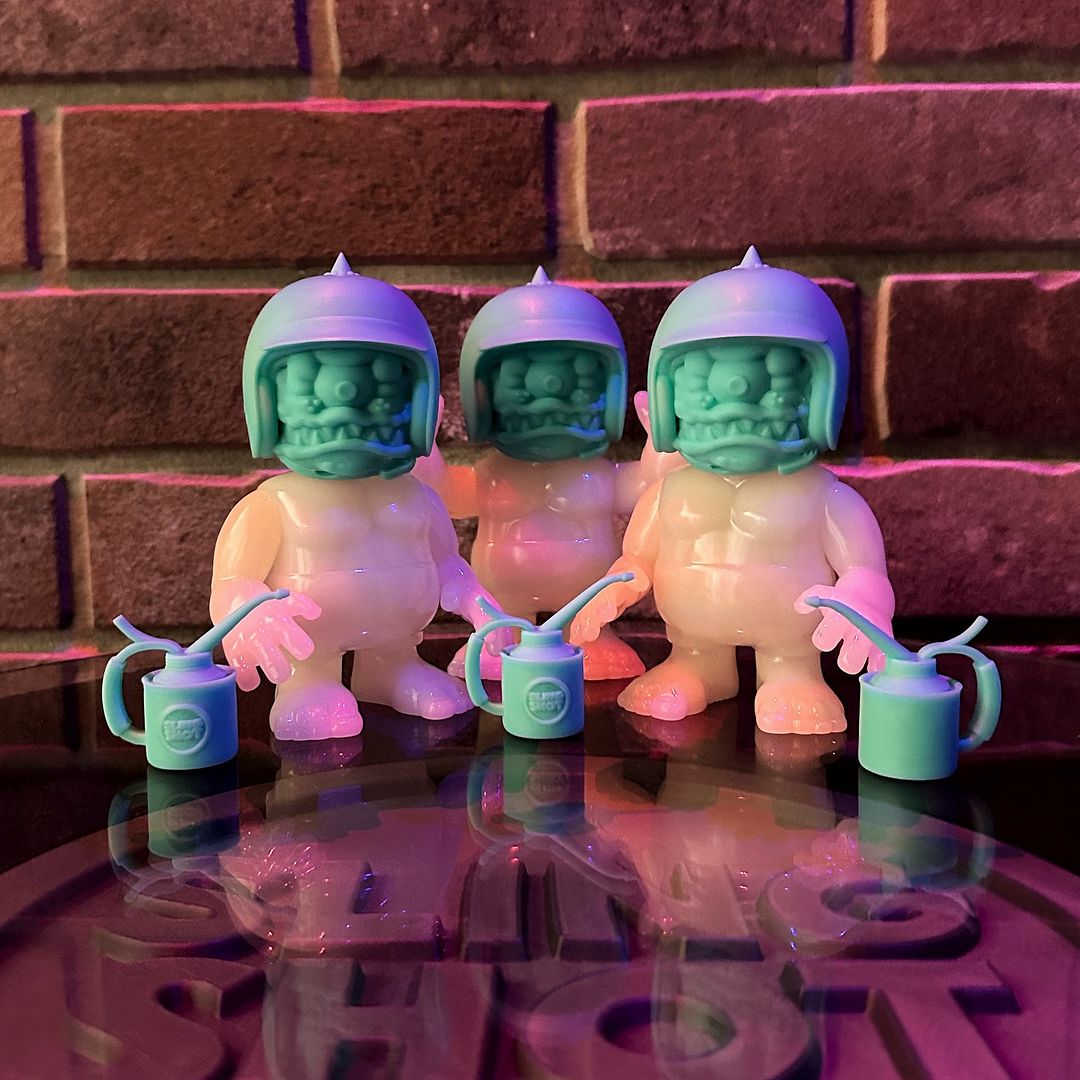No Need to Starve, Artists Can Eat off Their Tax Return: Learn How
What'll it be tonight?
DIY Skully or Qee Bunnee?
DIY Skully or Qee Bunnee?
Lief Storer from Delicious Drips wrote up an awesome tutorial on how to survive as an artist...this little tutorial is chocked full of important info that you as an artist can really benefit from! I would like to personally thank Lief for the heads up and if you guys have any questions about this please contact him directly at info@deliciousdrips.com attn: Tax info. Now sit back and enjoy the reading!
There’s no doubt that making good money as an artist is REALLY REALLY REALLY difficult, BUT this doesn’t mean that you have to spend your entire life eating top ramen. There are actually simple financing practices that can help you capitalize off of your artistic pursuits. By establishing a formal business, there will be a little more paperwork in your life, but if you’re one of many dual income artists, then the time you spend doing a little extra paperwork can be well worth your while.
Steps to Establish Your Art Business:
1.File for a DBA (Doing-Business-As):
If you’re structuring your company as a sole proprietorship or a partnership, you have the option of choosing a business name, or dba (”doing business as”), for your business. This is also known as a fictitious business name. If you want to operate your business under a name other than your own (for instance, Carol Axelrod doing business as “Darling Donut Shoppe”), you may be required by the county, city or state to register your fictitious name.2.Obtaining a business license:
Procedures for doing this vary among states. In many states, all you have to do is go to the county offices and pay a registration fee to the county clerk. In other states, you also have to place a fictitious name notice in a local newspaper for a certain amount of time. The cost of filing a fictitious name notice ranges from $10 to $100.
Typically these are available with some simple forms from your City Hall. You may have to have your DBA paperwork complete before you can apply for a business license. The license will just make sure that you’re properly zoned for the business you will partake in. In some instances, a city might not want an art studio to be zoned in a typical residential area. When Delicious Drips started, we listed it as an “Art Sales Office,” which was intended to make it more of a place of sales transactions more than an art studio. The key to getting the business license is to just find how you can categorize your business in a way that lets you operate out of your home. If you have to go through the fire marshall or anything, DON’T mention that you work with combustible materials or any such matter. You just paint and customize toys with non-toxic waterbased paints. That’s it. A business license may run you anywhere from $150-$350.3.Documentation
The next year when you file your taxes, you’ll be expected to complete Form 1040 Schedule C. Here is a link to 5 tips on filing this form. This is the form you will use to document all of your expenses and your sales. A lot of artists spend thousands of dollars on materials and may only have several hundred dollars in sales throughout the year. Using this type of business setup, all of the artists’ expenses can be written off. This minimizes some of the risk as you might be building up your inventory, or just LEARNING TO PAINT!!4.Accounting
Once you have your business established, spare yourself some grief and setup a seperate business checking account at your bank. This will make doing your taxes MUCH easier at the end of the year.5.How it works:
Suppose an artist spends $5000 on blank vinyls, paints, and supplies. This artist also works flipping burgers for $25K/year. If this artist only sold $1000 in merchandise, they could then write off a loss of $4000 from there regular income, which ultimately brings their income down to $21K/year. Come tax season, the IRS would OWE this artist money because they’d have paid taxes for $25K of income, but in actuality they only made $21K. This could mean several thousand dollars in tax returns depending on your current salary and how much you expense on your business.
This all might sound really mind boggling to start out with, but once you do it, it’ll be much easier to do it every year after. By keeping an eye on your business expenses too, you may actually help grow you business by opening a new perspective on your capital management. Suddenly, expenses like marketing, supplies, travel, and studio space become tax deductible which can help your grow as an artist too!
We hope that this was really helpful. If you have any questions regarding establishing your art business, contact info@deliciousdrips.com attn: Tax info.
.png)
_SpankyStokesBanner_231120.jpg)


























Post Comment
No comments
Post a Comment